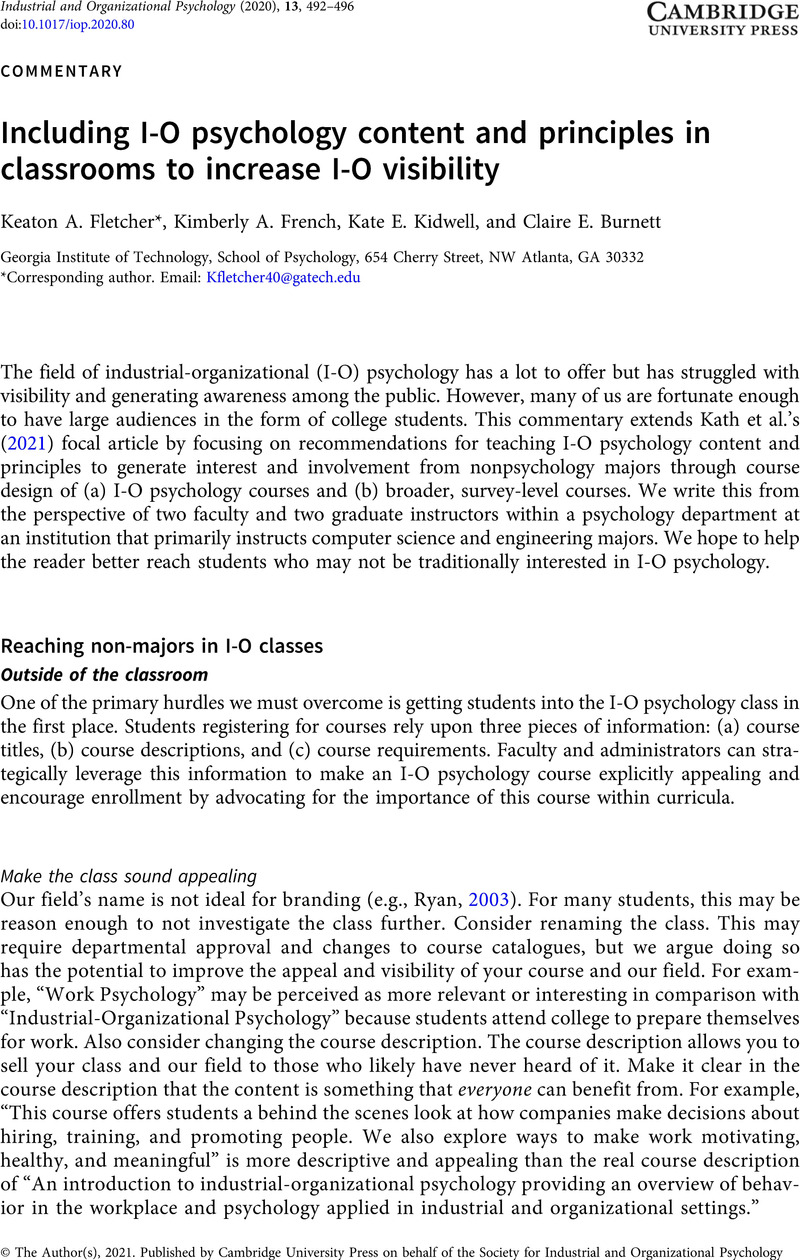Crossref Citations
This article has been cited by the following publications. This list is generated based on data provided by Crossref.
Fletcher, Keaton A.
and
Stanzione, Christopher M.
2021.
A mixed-methods approach to understanding laptop-free zones in college classrooms.
Computers & Education,
Vol. 172,
Issue. ,
p.
104253.



